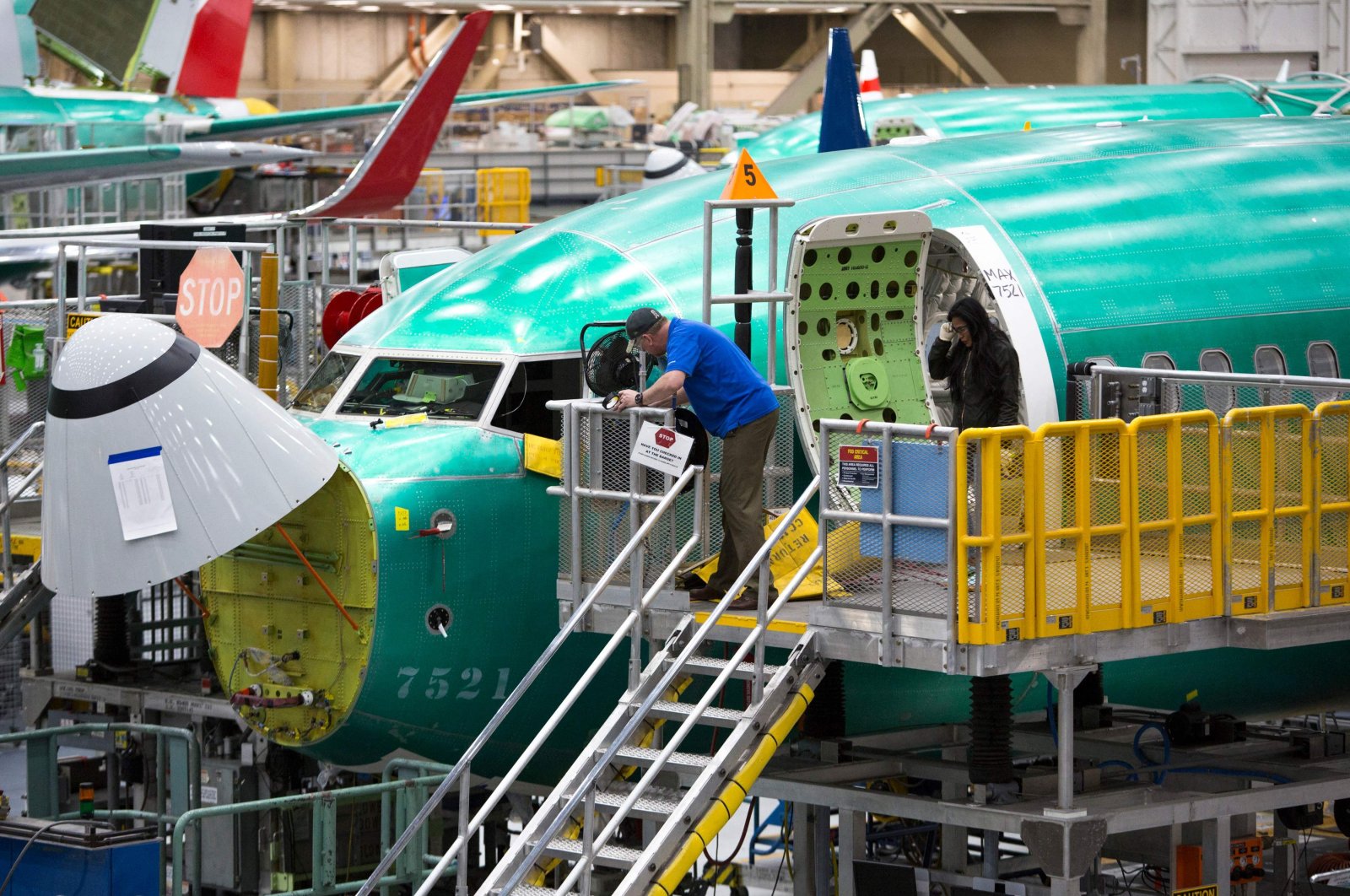Goldman Sachs Surpasses Expectations Amid Wall Street Revival
Goldman Sachs reported a remarkable 150% surge in second-quarter profits, revealing a broad revival in dealmaking and investment banking activities in a healthy economic environment.
Published July 16, 2024 - 00:07am

Image recovered from washingtontimes.com
Goldman Sachs has reported a substantial 150% increase in its second-quarter profits, significantly surpassing analysts' expectations and underscoring a broader recovery in Wall Street activities. The New York-based investment bank posted impressive net revenues of $3.04 billion, equating to $8.62 per share, compared to $1.22 billion, or $3.08 per share, a year earlier.
This rise was driven by a resurgence in dealmaking and underwriting activities, reviving investment banking after a slowdown in previous years. Goldman Sachs' performance was bolstered by gains across nearly all its business divisions, reflecting a healthy economy and increased market activities. Investment banking fees rose by 21%, spurred by a significant jump in debt underwriting fees, as companies sought to refinance their debts amid higher interest rates.
The fixed income, currencies, and commodities trading division saw a 17% revenue increase, while equities trading revenues rose by 7%. The asset management division also posted a robust 27% rise in revenues, driven by higher fee income and the value of Goldman's own investments. The bank's shares saw a slight increase before the market opened.
Goldman Sachs' strong showing is part of a broader trend among major Wall Street firms. Competitors such as JPMorgan Chase and Citigroup have also reported impressive results, driven by surging investment banking fees and robust equities trading. This pattern suggests a widespread recovery across the financial sector. As the earnings season progresses, attention will shift to Bank of America and Morgan Stanley, which are set to report their results soon.
CEO David Solomon has been steering Goldman Sachs towards new growth avenues, particularly in the asset and wealth management sectors. Despite the bank's impressive results, there were some surprises. For instance, despite more businesses seeking deals, Goldman pocketed fewer fees from arranging mergers compared to JPMorgan Chase, traditionally a rival in this sector.
Even though merger activities are on the rise, the approaching US elections could delay a return to the fast-paced growth in mergers observed in recent years. This business is crucial for Goldman Sachs, which has showcased its strong investment bank and growing asset management operations, after abandoning its consumer banking expansion.
Earnings for the second quarter were 2.5 times higher than the previous year when Goldman faced losses in real estate investments and its consumer banking unit amidst an industrywide dealmaking slowdown. Net income was reported at $3.04 billion on $12.7 billion in revenue for the three months ending June 30.
Strategy-wise, Goldman Sachs continues to focus on its investment banking and asset management divisions. The fixed-income trading business posted $3.18 billion in revenue, driven by strength in rates and currencies. The stock-trading unit logged $3.17 billion, reflecting the bank's second-best quarter ever in financing revenue. However, investment banking revenue of $1.73 billion fell short of analysts' average estimate of $1.8 billion, with merger-advisory fees reported at $688 million, less than JPMorgan's $785 million.
Nevertheless, the asset and wealth management division saw a notable 27% revenue increase, driven by an 8% rise in management fees. Goldman Sachs raised its largest war chest yet for private credit wagers, closing its latest direct-lending fund at $21 billion. The bank also secured a $43 billion mandate to invest the pension fund assets of UPS, marking one of the largest deals of its kind.
Noteworthy was Goldman's decision to moderate the pace of its buybacks due to regulators increasing its capital buffer requirement. Despite this, shares of Goldman Sachs, which reached an all-time high of $479.88, advanced 0.6% in early trading.
Looking ahead, the economic environment appears constructive, despite ongoing challenges such as sticky inflation and elevated interest rates. Solomon expressed optimism about the nation's economic trajectory, noting that markets continue to forecast a strong landing. Goldman Sachs' commitment to embracing emerging technologies like artificial intelligence to boost productivity and innovation further underscores its strategic evolution in the competitive financial landscape.


/https://assets.iprofesional.com/assets/jpg/2024/10/586422_landscape.jpg)




